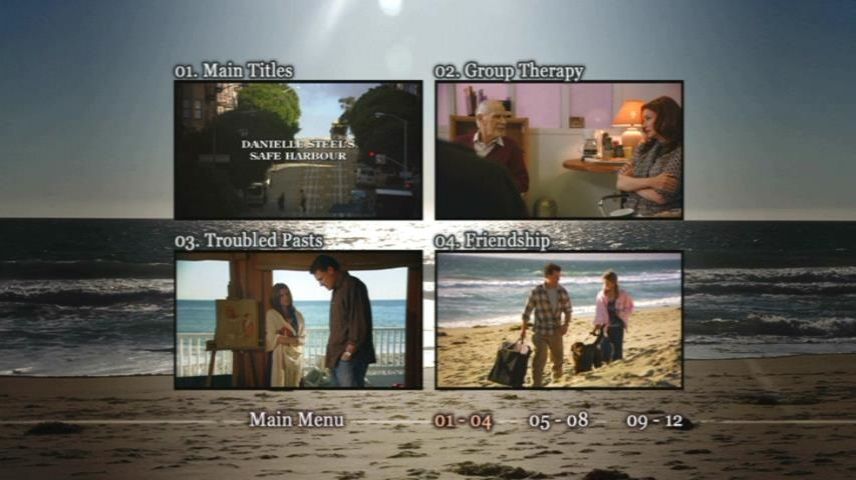
The camera lingers on them, reminding us that cars are on everyone’s minds.īut much more important is the mid-1950s racial history of Detroit. People are always getting into and out of them, committing crimes and plotting crimes in those big, wide vehicles with their big, wide seats.


So cars are front and center in the film. By 1950, a few years before No Sudden Move is set, Detroit was the fourth-largest city in America, with 296,000 jobs in manufacturing. Important to No Sudden Move is Detroit’s history as the 20th-century capital of automotive manufacturing, America’s “Motor City.” Ford, General Motors, and Chrysler, among others, were all founded in Detroit. No Sudden Move is situated in the nexus of multiple political and social shifts, in 1954, with characters who are conspiring with, benefitting from, or trying to outrun the changes. HBO Max Racist housing practices created the conditions in which No Sudden Move takes placeĭetroit in the 1950s was a city in the midst of upheaval. And identifying them can help make the film’s point even clearer. In addition to the plot twists (which I won’t cover here in detail), there are all the historical things happening in the background. I saw it twice, and there are still a few bits I haven’t ironed out.

Plot-wise, however, No Sudden Move is twisty - and to be honest, it can be pretty confusing. Soderbergh shot on modern cameras but used period wide-angle lenses, creating a strange fish-eye effect at times and never letting you forget that No Sudden Move is a movie. But more fun than watching the cast act is the feeling of being in good hands, of watching a confidently directed movie that has something to say but doesn’t sacrifice style for substance. Its cast is mind-bending: Don Cheadle, Benicio del Toro, David Harbour, Brendan Fraser, Jon Hamm, Amy Seimetz, Julia Fox, Ray Liotta, Kieran Culkin, Noah Jupe, Frankie Shaw, Bill Duke, and Craig muMs Grant (and a few surprises too). I’m a little mad it won’t play on movie screens, but don’t let that keep you from watching it on your TV. It’s one of two movies Soderbergh shot amid the pandemic, during which he also led the Directors Guild of America in developing and implementing Covid-safe protocols for production. Soderbergh was slated to shoot the film in spring 2020 - we know how that went - and was able to pull it off in fall 2020 with almost the entire original cast, save for George Clooney (who dropped out over safety concerns for his young asthmatic son we don’t know which role he had been cast to play). I won’t spoil the twists, but it’s worth enjoying the movie on its purely pleasurable heist-movie surface before you dig into the background. Soderbergh developed the idea with screenwriter Ed Solomon (who wrote the Men in Black and Bill & Ted series, among others), and Solomon focused on getting the history of mid-century Detroit right.Ī note: If you haven’t yet watched No Sudden Move, now streaming on HBO Max, you should, probably before you read any further. So it is no huge surprise that No Sudden Move - a rippling, brilliant story about trusting nobody - has some seemingly banal but actually fascinating economic and cultural underpinnings pulsing in its historical backdrop.

But you could argue a lot of his other movies are heists too the director is always making films about how money and capitalism find their way into every part of our lives, from politics and sex to sports and mental health care. Steven Soderbergh has made another heist movie, his sixth after Out of Sight (1998), the Oceans trilogy (2001, 2004, 2007), and Logan Lucky (2017). What is it? Who wants it? They have no idea, but they need the cash, so they don masks - only on the top half of their faces, a novel sight - and head out to do the job.īut the crooked path to a quick payday never goes smoothly, at least in the movies. Three small-time criminals in 1950s Detroit are hired by somebody to steal something.


 0 kommentar(er)
0 kommentar(er)
